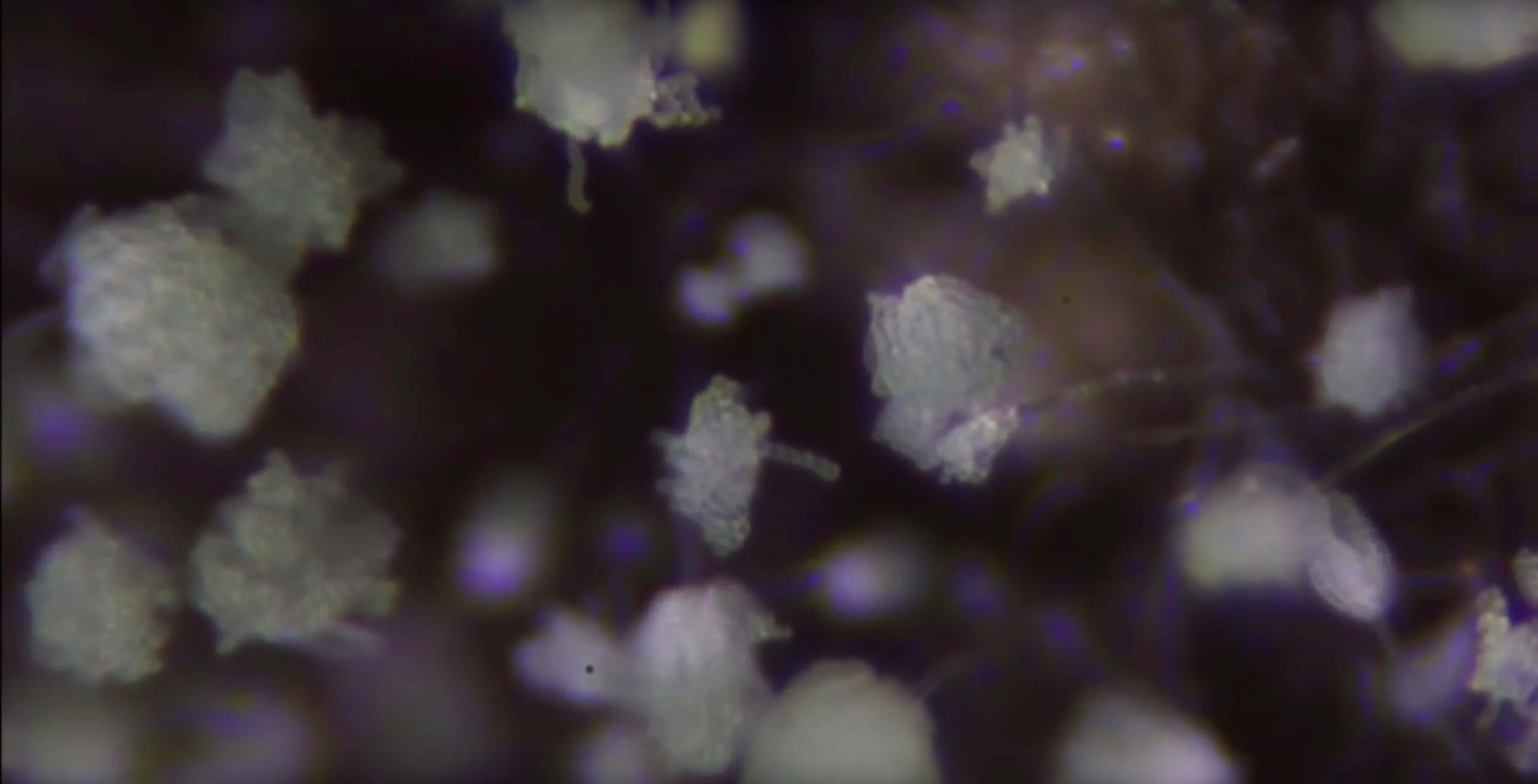Dashi & Shoyu: Essence of Japan is one of those ravishing pieces of cinema that should really be experienced on a big screen. Is that weird to say about a food documentary? Combining the best techniques from nature and science photography with elegant settings and food stylistics, the film is gorgeously made. (Props to cinematographer Yasuo Kasugai, owner of a surprisingly scant IMDB page, given the accomplished visuals in this work.)
The film screens only once (Saturday, July 30 at noon) at the fourth annual Japan Film Festival of San Francisco, which opens Saturday, July 23, 2016 and runs through the 31st. The festival brings the best of contemporary Japanese cinema to the Bay Area, including action, sci-fi, documentary, anime, shorts, live music, kabuki theatre, crime mystery, and family drama.
As the title suggests, Dashi & Shoyu is broken into two parts. Think of them as two sides of a scale, because the film's main subject is balance. The first section explores the making and refinement of dashi, the golden broth that is the base of all Japanese cooking. Made from the combination of two primary elements, konbu (also spelled kombu) kelp and dried bonito (the vegetarian version replaces bonito with shiitake mushrooms), the goal is to create the perfect umami, the fifth flavor -- joining bitterness, sourness, saltiness and sweetness -- which is believed to enhance all the other elements in a dish.
Cut to the konbu harvest off the wild northern coast of Japan. There 90-year-old Yuri Fujimoto relies on the turgid waves to break thick kelp stocks loose from the ocean floor, which she gathers as they come ashore. Meanwhile, Toshikatsu Miura and his family perform controlled cultivation in small boats accompanied by gorgeous underwater shots of kelp forests and micro-photography detailing their maturation process.


